Old and New Pictures Of Popular Places In Nigeria
By Ademola
13 July 2017
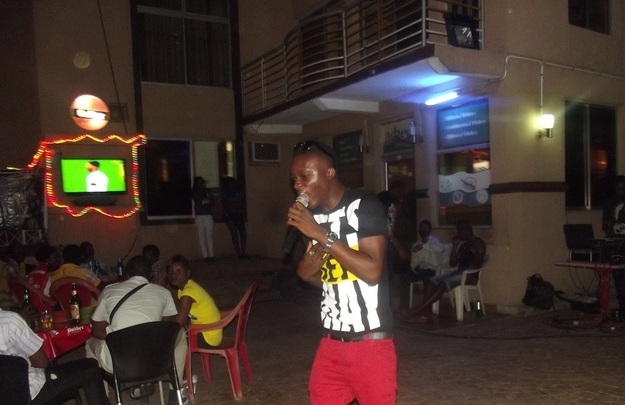
Nigeria as a country has undergone a series of metamorphosis in several areas of the economy, before and after her independence. If you've actually met anyone from the old Nigeria, ?it is possible you have heard them grumble about how they would have preferred to stay in the past. As a younger Nigerian, ?after hearing such complaints, you would wonder why they would want to run from the modern era. ?We can wonder all we want, but there are actually some pictures of "olden days" Nigeria that make you want to move to that time. Some of the pictures make you want to build a time machine run for the previous years. ?The country has changed a lot. There are a lot of places?that we see every day, yet have no idea what they once looked like. ?We have collected then and now pictures of some bits of Nigeria you never knew were products of growth and technology.
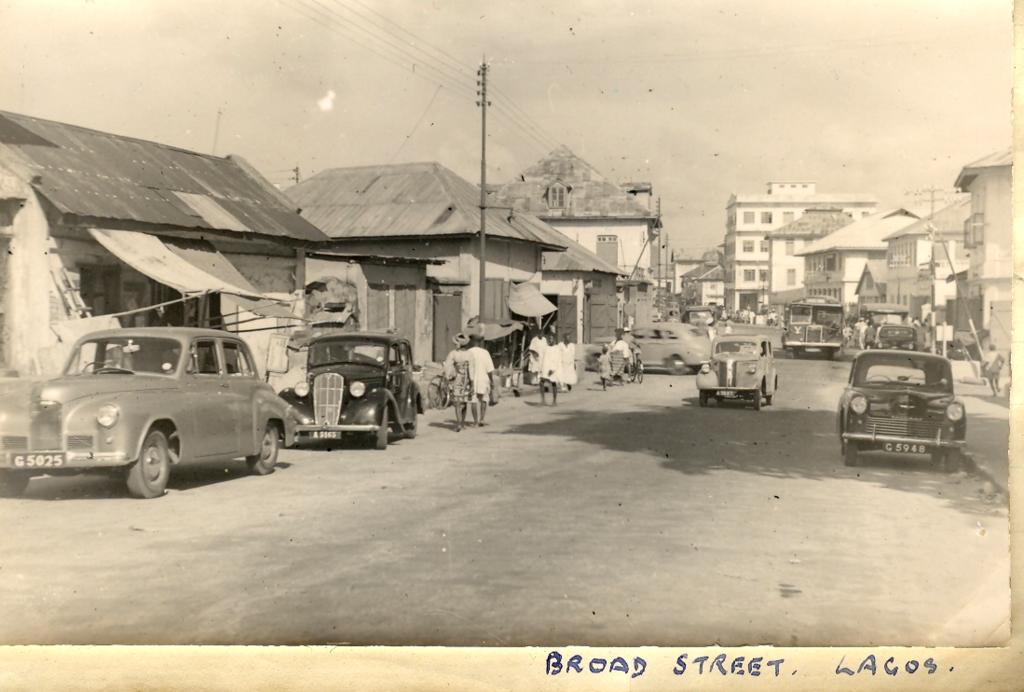
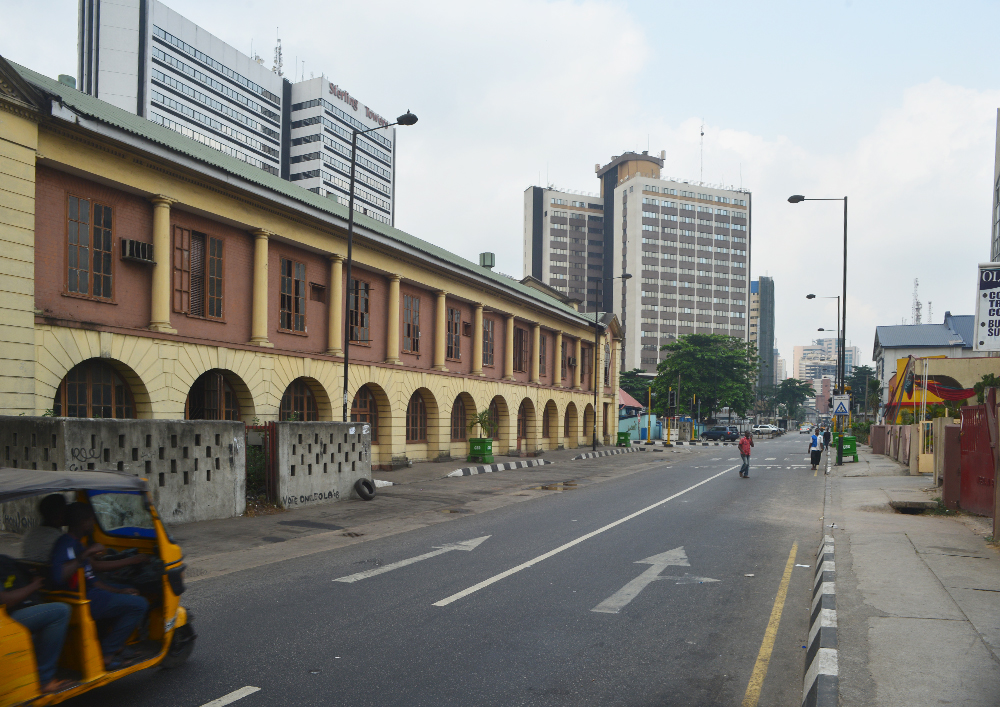

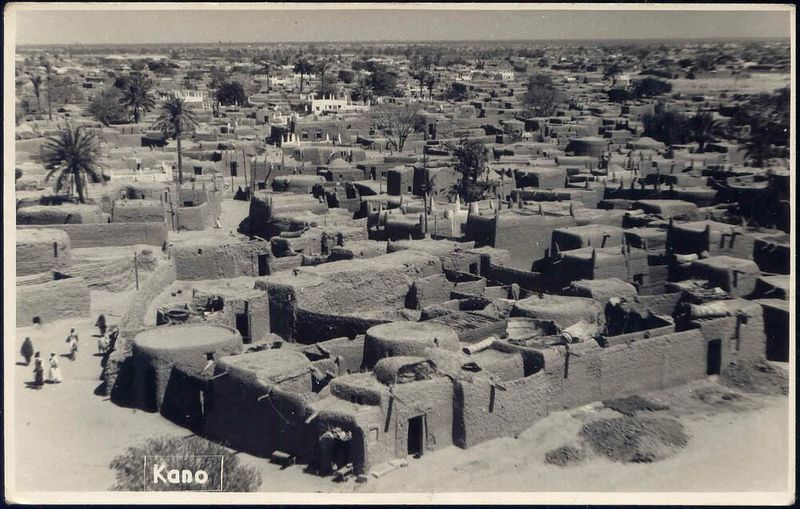
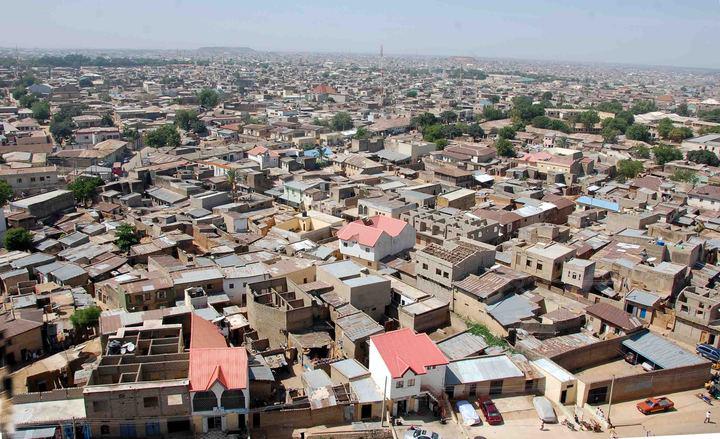

Before
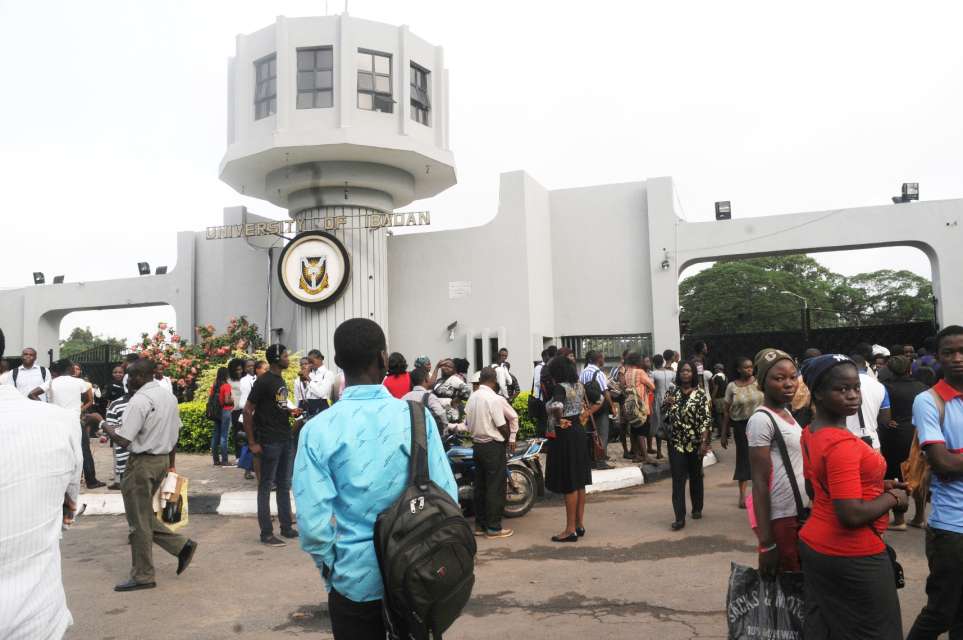
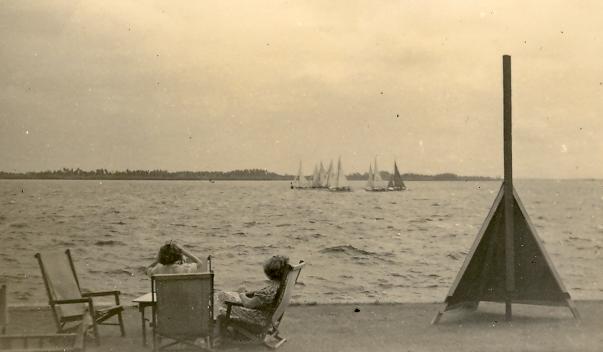
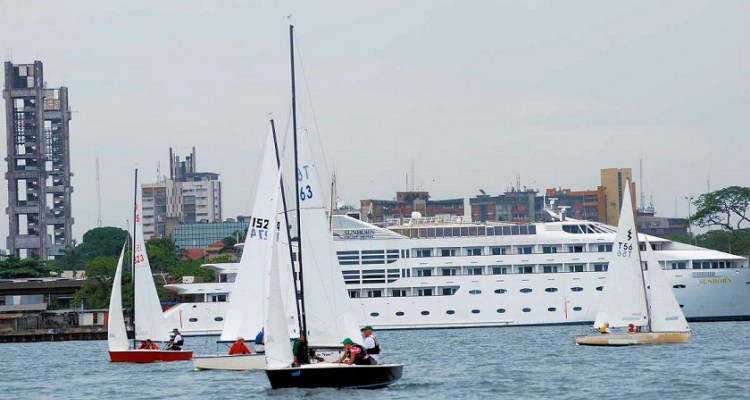
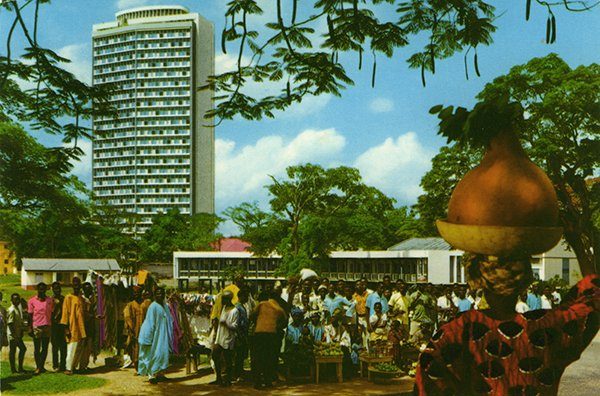
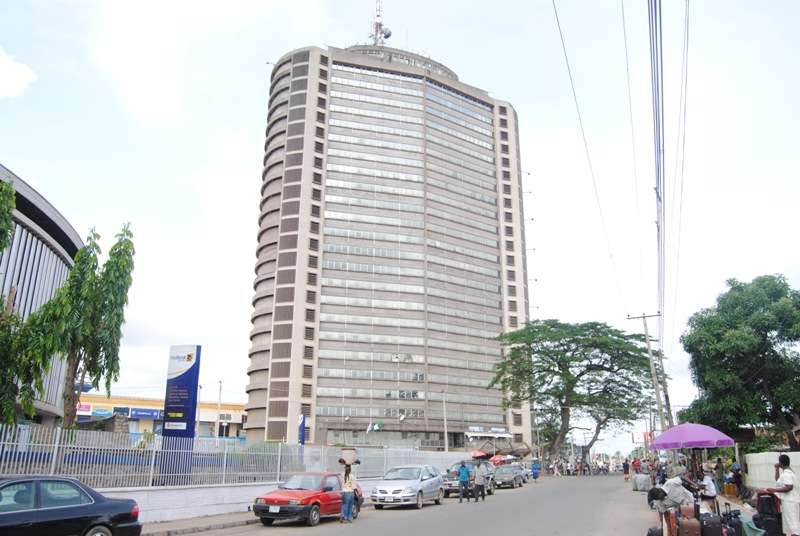
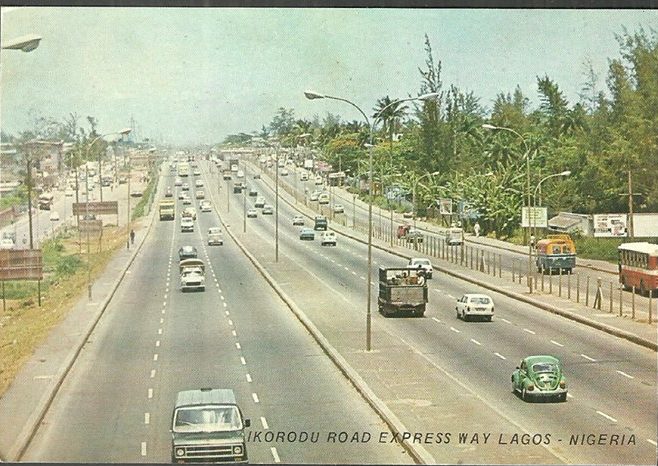



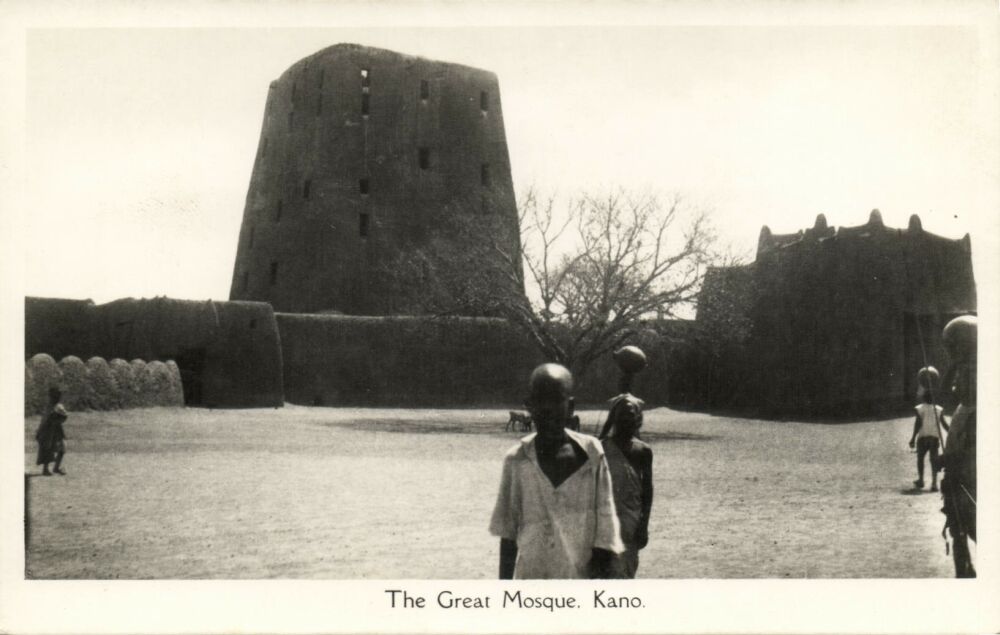
Now

Gone are the days when the men wore overly large agbadas and the women wore olekus. Not that we do not wear native attires anymore but, you know? We have added a little bit of civilisation to the way we make these clothes now because one thing I am sure of is that this is not the way our fathers and mothers wore these outfits.
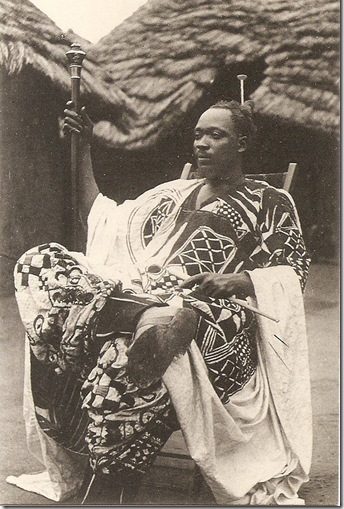


Before

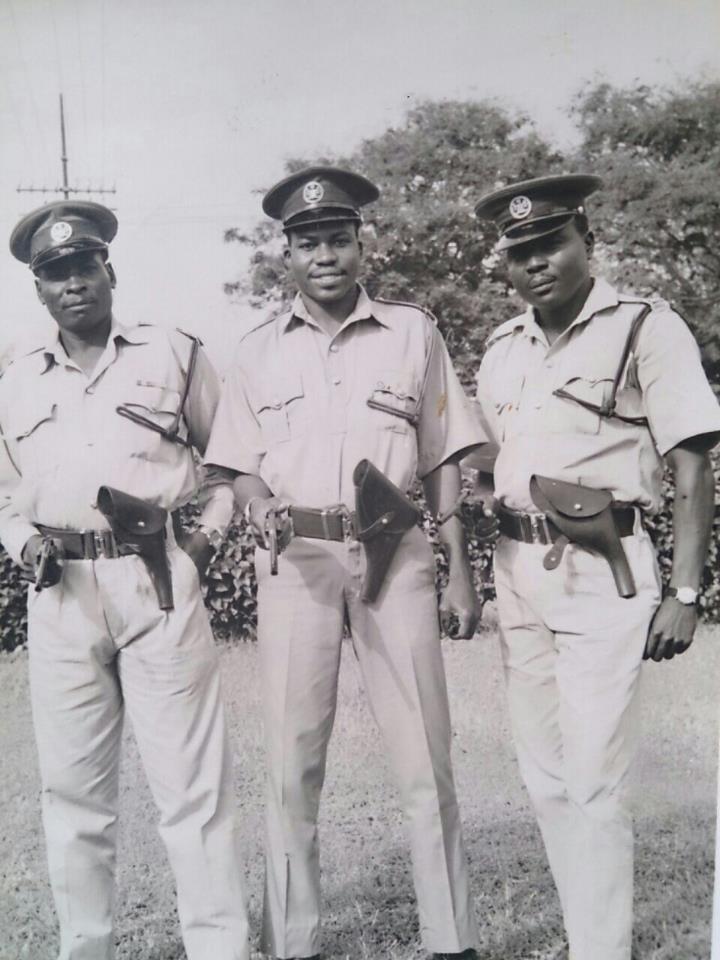


 The big question, however, is if generations to come would consider all of these changes?old things?too, seeing that change is a constant thing.
The big question, however, is if generations to come would consider all of these changes?old things?too, seeing that change is a constant thing.
Broad Street, Lagos
If you have been to Broad Street recently, you would know the before picture is a far cry from what it is now. It is?arguably the busiest street in Lagos. A place where some banks have their headquarters, major wholesale shops, large markets, and every other business activity you can think of. The change here is quite evident; the bungalows have been replaced with high-rise buildings; there are no Beatles anymore.Before:

Now


The City of Kano
Kano has grown from a city of mud houses and is steadily becoming a developed city.Before

Now

The Central Bank Of Nigeria
Gone are the days when the value of the Naira was set using chalk on a blackboard. as you can see, only a few complexes in the continent will match this gigantic structure of high rise buildings.Before

Now
University of Ibadan
The University of Ibadan, Oyo state is known as Nigeria's premier university and the Alma mater of many great Nigerians. However, the structure that many youths learn in now is not what it used to be. the before?picture makes one's head rush with nostalgia. it makes you want to attend this exact same institution and not the one filled with a lot of ambitious Nigerian students.Before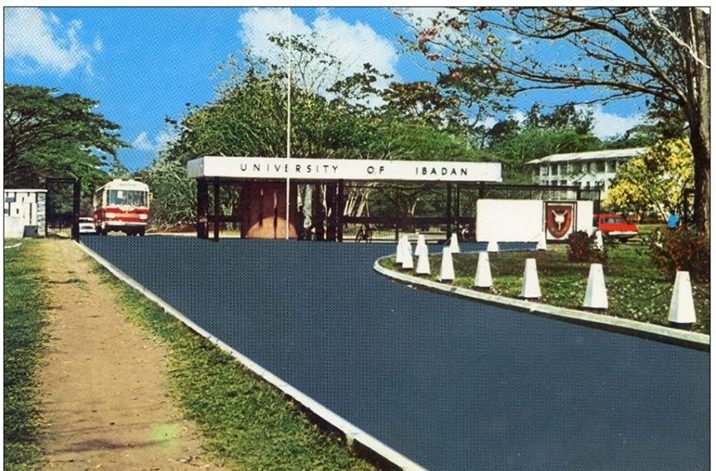 Now
Now

Lagos Yacht Club
Located on the Lagos Island, the Lagos Yacht Club is a location for expatriates and locals alike. It has undergone a series of renovation, with more modern yachts available to its members.Before

Now

Cocoa House, Ibadan
Cocoa House was first built in 1965 from the proceedings of cocoa sales by the western states in Nigeria. it is the first skyscraper in the country. Having 26 floors, it is quite an imposing structure and a popular location in Ibadan. In 1985, the building caught fire and lost its charm. It would only be renovated in 1992 and returned more beautiful.Before

Now

Ikorodu Road, Lagos
Anyone from Lagos seeing this picture is most likely having a good laugh. This is because we all know that the old scene can only be found in our dreams these days. The traffic along the Ikorodu road is far from steady; it is a haven for traffic. And those bushes? They've been replaced with commercial buildings.Before

Now

Carter Bridge, Lagos
One of three bridges connecting the mainland to Lagos Island, Carter bridge was first constructed in 1901 by the British and named after the then governor of Lagos state,?Sir Gilbert Thomas Carter. At the time, the bridge was trodden by fewer cars and used more frequently by pedestrians. However, as activities in Lagos began to expand, and it was feared that the bridge might collapse from fragility, the bridge was reconstructed mainly for the use of vehicles.Before

Now

The Great Mosque, Kano
The great mosque of Kano used to be a mud structure slightly shooting up into the sky and the place of worship for most Hausa peasants. It was built in the 15th century, for Muhammad Rumfa, the then Sultan of the Sultanate of Kano, located in modern-day Kano State. ?It was moved to a new site by Muhammad Zaki in 1582 and rebuilt in the mid 19th century by Abdullahi dan Dabo. It was destroyed in the 1950s and then rebuilt with the financial support of Great Britain.Before

Now
Calabar Airport
Although it is not operating international flights yet, Margaret Ekpo International Airport has evidently undergone serious renovation. As depicted in the old picture, most of its runway was covered in grass and apparently there wasn't much activity going on at the airport then.Before

Now
 Nigerian Fashion Scene
Nigerian Fashion Scene
Gone are the days when the men wore overly large agbadas and the women wore olekus. Not that we do not wear native attires anymore but, you know? We have added a little bit of civilisation to the way we make these clothes now because one thing I am sure of is that this is not the way our fathers and mothers wore these outfits.
Before


Now

The Naira Notes
The naira note has had a metamorphosis of its own, not just in appearance, but in its value, too. Our parents often lament of how much things one could by with the then 1 naira note and how one would still go home with some change. Could the reason be down to the fact that the man in the one naira note is smiling (at the spenders)? The men in the new notes below aren't smiling at all!Before
Now

Policemen
Crime must have been less rampant back in the days for the policemen to have been carrying skinny pistols. Policemen nowadays rarely have the time to take selfies with guns. They are too busy lining the highways or apprehending notorious criminals.Before

Now

Hairstyle
You ever wondered what type of hair mummy used to wear before the emergence of wigs, Brazilian, Peruvian, and Indian hair? It used to be suku, koroba, patewo, didi, etc. ?But almost gone are those days when women buried their hair between the thighs of other women and they let their imaginations do whatever they deemed fit with their natural hair.Before

Now
 The big question, however, is if generations to come would consider all of these changes?old things?too, seeing that change is a constant thing.
The big question, however, is if generations to come would consider all of these changes?old things?too, seeing that change is a constant thing.
Leave a comment
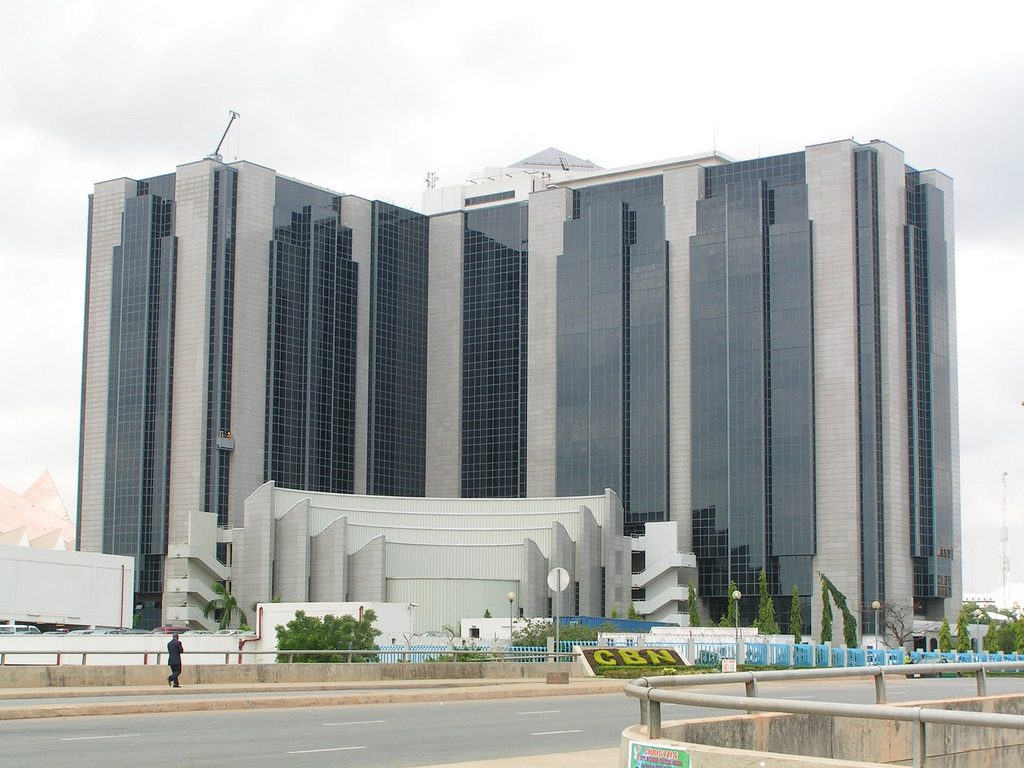

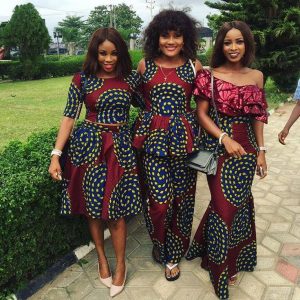
Leave a comment
Share